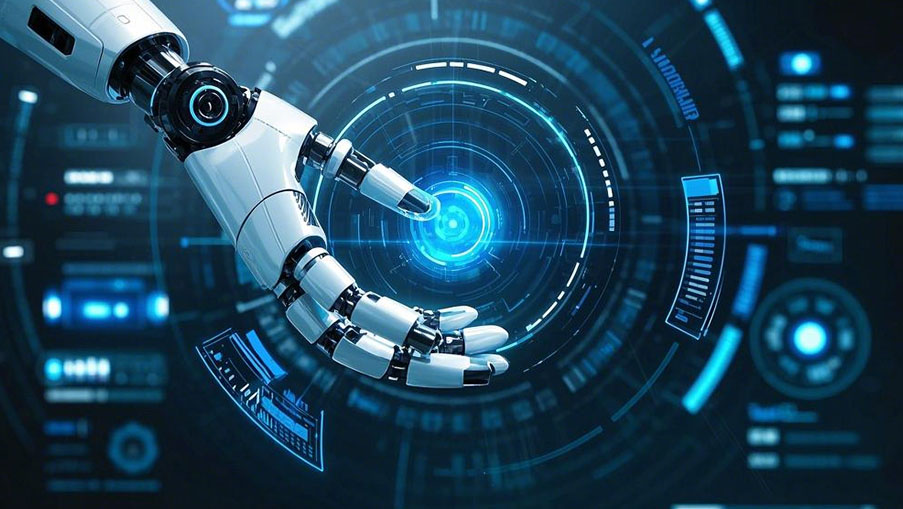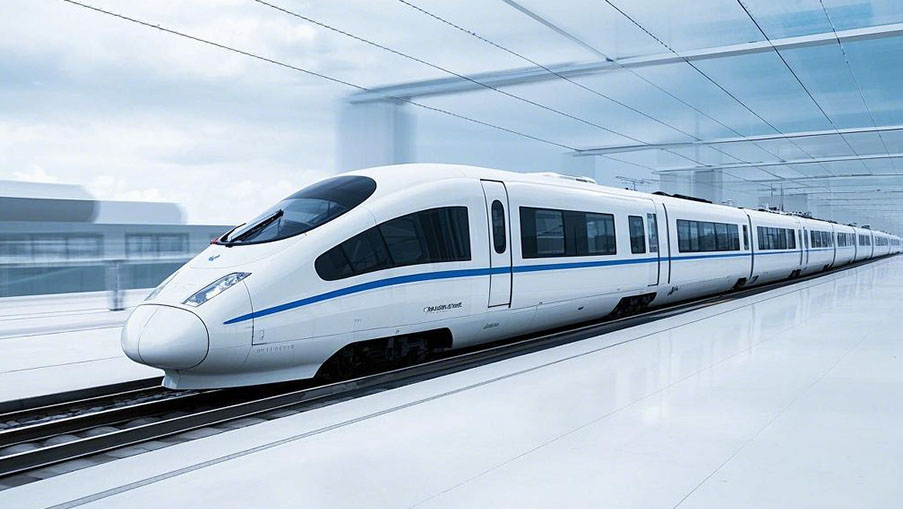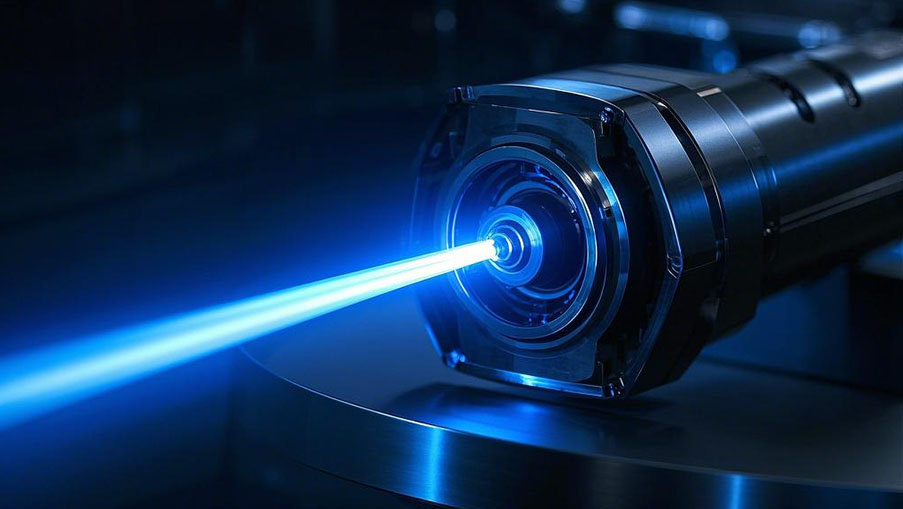站点地图
In the field of industrial manufacturing, surface damage and performance attenuation of metal parts are long-term problems that have plagued enterprises. Traditional repair processes such as electroplating and thermal spraying have defects such as high energy consumption, heavy pollution and weak bonding force of repair layer, which are difficult to meet the needs of modern industry for high efficiency and environmental protection. The emergence of ultra-high speed laser cladding technology, with its unique energy control and material processing advantages, provides a revolutionary solution for industrial remanufacturing.
Technical principle: Energy precision control combined with metallurgy ultra-high speed laser cladding through the synchronization of high energy laser beam and alloy powder, a transient molten pool is formed on the metal surface. The core is to optimize the energy distribution so that the laser energy mainly acts on the powder material and reduces the thermal effect on the matrix. In this process, the cladding layer forms a metallurgical bond with the substrate, and the dilution rate is extremely low, ensuring that the coating retains the original properties of the material. Compared with the traditional process, this technology can control the laser power density and scanning speed to achieve precise control of the coating thickness, down to the smallest micron level, significantly improving the surface treatment accuracy.
Core advantage: triple breakthrough of efficiency, quality and environmental protection
1. The cladding rate of high efficiency and energy saving ultra-high speed laser cladding is several times higher than that of the traditional process, and a single process can complete large area strengthening and greatly shorten the processing cycle. At the same time, the energy utilization rate is significantly improved, reducing energy consumption, in line with the concept of green manufacturing.
2. Excellent performance The coating has dense microstructure, fine grain, hardness up to several times the matrix, and significantly enhanced wear resistance and corrosion resistance. The properties of metallurgical bonding make the bonding strength of coating and matrix far superior to mechanical bonding, and effectively resist the stripping risk under complex working conditions.
3. Low deformation and high precision heat affected area is very small, workpiece deformation controllable, suitable for thin-wall parts, precision parts repair. By optimizing the process parameters, the surface roughness of the coating is greatly reduced, reducing the need for subsequent machining.
4. Wide material adaptability can be compatible with a variety of metal alloys and ceramic composite materials to meet the performance requirements under different working conditions, especially in the high melting point material processing to show unique advantages.
Multi-field application: reshaping industrial manufacturing value chain High-end equipment remanufacturing In the aerospace field, the technology can repair engine blades, turbine discs and other key components, restore their high temperature oxidation resistance and fatigue performance; In rail transit, the surface of heavy duty parts such as wheels and gears is strengthened to extend the service life. A research team further improved the interface bonding strength between coating and substrate by biomimetic micro-texture design, and solved the difficult problem of complex surface repair. For metallurgical rolls, hydraulic columns and other equipment, ultra-high speed laser cladding can be prepared on the surface of the high temperature resistance, wear resistance coating, reduce the frequency of downtime maintenance. In the nuclear power sector, the technology provides corrosion resistance strengthening of reactor components to ensure the safe operation of equipment in extreme environments. Automotive and mold manufacturing is used for the repair of precision components such as engine blocks and crankshafts, as well as the surface strengthening of injection mold cavities, reducing production costs while improving product accuracy. A company through the gradient coating technology to extend the life of the mold several times, significantly improve production efficiency. Green alternative to replace the traditional electroplating process, avoid heavy metal pollution, reduce waste water waste residue discharge. In the field of construction machinery, this technology has been successfully applied to the repair of hydraulic support, to achieve zero pollution emission, and to help the development of circular economy. Challenges and Future trends Despite significant progress in ultra-high-speed laser cladding technology, there are still multiple challenges to its popularization: process standardization: A unified coating quality evaluation system and process parameter database need to be established. Intelligent upgrade: Combining AI algorithm and digital twin technology to achieve accurate prediction and dynamic regulation of the repair process. New material development: Explore new materials such as nanocomposite coatings and superalloys, and expand application scenarios under extreme working conditions.
In the future, with the improvement of the intelligent level of equipment and the continuous optimization of the process, ultra-high-speed laser cladding is expected to develop in the direction of "on-demand manufacturing", and the rapid molding and repair of complex structural parts can be achieved through the integration of 3D printing technology. Its green and efficient characteristics will further promote the popularity of industrial remanufacturing and inject new momentum into the sustainable development of the global manufacturing industry. With its technical advantages, ultra-high speed laser cladding technology is reshaping the pattern of industrial remanufacturing. From the precision restoration of high-end equipment to the environmentally friendly replacement of traditional processes, its application potential continues to be released. With the deepening of technology and industrial collaboration, this "industrial regeneration" will become the core force to promote the high-quality development of manufacturing, and provide key support for the green transformation of the global industrial field.













0 条评论
网友评论仅供其表达个人看法,并不表明本站立场。